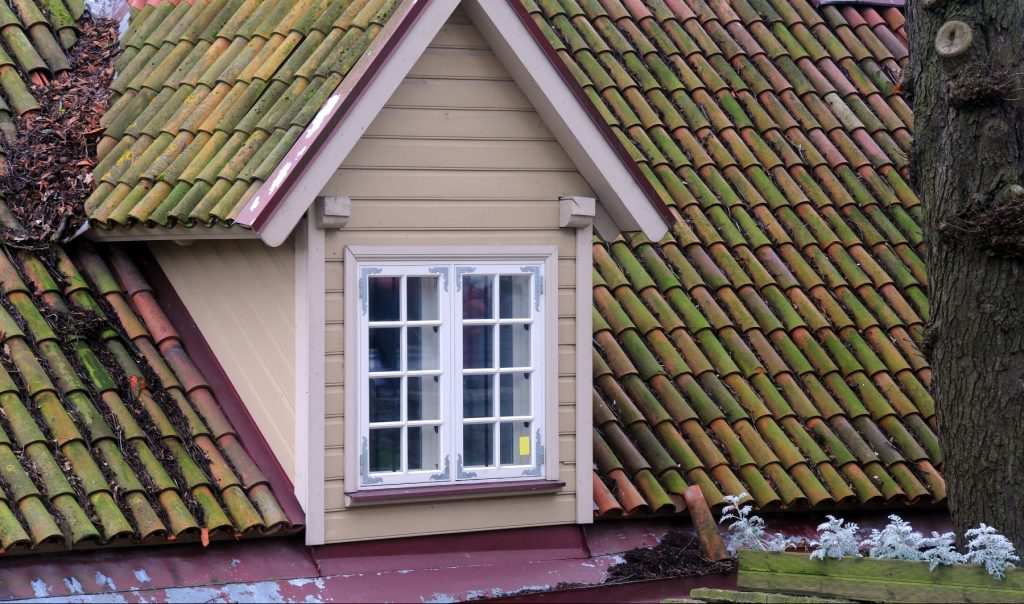Local bat populations serve a vital ecological importance, which in turn, provides us with several economic benefits as a society. However, when bats get too close, they can inadvertently become a nuisance. If you have notices an exponential presence of bat activity around your house or business, it is important to ensure your property is safeguarded against intrusion and safety hazards.
Continue reading to learn which types of risks nuisance bats pose to you and your property, as well as, how to get rid of them in accordance to local ordinances and best practices.

Disease
The most important reason why you do not want bats too close to your property is the risk of disease. Not only are bats known carriers of the Rabies virus, which once contracted is 100% fatal, they can also possess and transmit several other types of diseases, health complications, and outbreaks. Such risks include Histoplasmosis, which is an upper respiratory disease contracted as a result of toxic spores that grow on bat guano. See our blog, “What is Histoplasmosis?” to learn more about this disease, including who it affects the most and how to prevention tips. Additional risks include lice, mites, ticks, fleas, and other parasites.
Structural Damage
Bats in the Kentucky regions are very small. So small in fact, most can squeeze themselves through an opening as little as 3/8ths of an inch, or .037 inches. To give you an idea of how small this is, consider a dime, which is around .053 inches thick. This means that the tiniest opening in window screens, siding, roof shingles, crumbling mortar, and more, can be an open door for bats to come inside and roost. Furthermore, bats are not solitary, so where there’s one, there’s typically handfuls more. Once inside, bats soil every surface with their droppings, which can result in stains, leaks, wood rot, and all types of costly structural damages.
How to Safely Get Rid of Bats
As mentioned before, bats are important ecologically, which is why they are also protected under law. It is illegal to trap, harm, or kill bats in Kentucky. For this reason, it is necessary to hire a licensed and insured wildlife abatement company that provides non-lethal bat removal services in your town. Coming across a dead, dying, or abandoned bat is also common if you have bats around your property, so you should know how to respond if it ever happens to you. See our blogs, “What to Do If You Find a Dead Bat” and “What To Do If You Find a Bat on the Ground” to be prepared.
Louisville Bat Removal and Control You Can Trust
Call 502-553-7622 to request a free estimate for Louisville bat removal and control, today. We offer a wide range of safe and humane bat removal and control services for both residential and commercial properties within Central Kentucky, at the most competitive prices in town. That means you can get affordable bat removal and control you can trust. It was over 30 years of experience under our belts, you can feel confident in our results.



